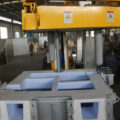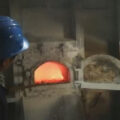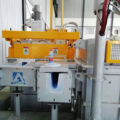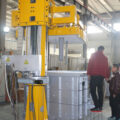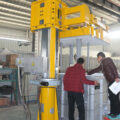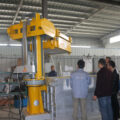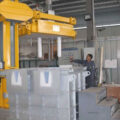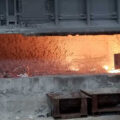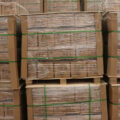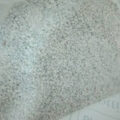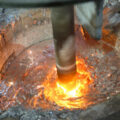Rotary degassing is the most commonly melting treatment method for the foundry, which can effectively reduce metal inclusions and solute hydrogen content. This degassing process is usually used in combination with flux, so that inclusions can be removed more effectively during melt processing.
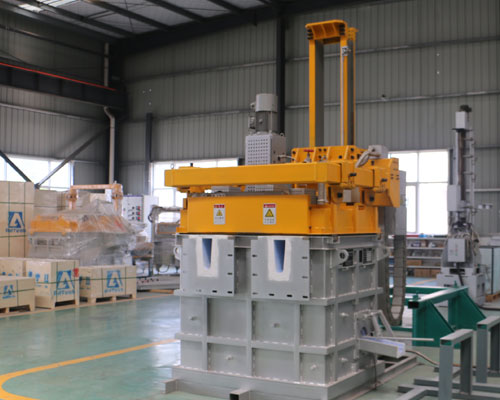
No matter which casting method is used in the manufacturing process of cast parts, proper liquid metal quality is essential to ensure sufficient mechanical properties and avoid defects such as inclusions, porosity, and leakage. In addition to the concentration of alloy and metal impurity elements, the number of inclusions and hydrogen solute content are usually controlled in general casting practice.
Inclusions are discontinuities of materials. They are non-metallic or sometimes intermetallic phases embedded in the metal matrix. Inclusions can appear in the form of solid particles, films or droplets in the molten alloy. Generally, inclusions are non-metallic compounds such as oxides, nitrides, carbides, and borides. In fact, the most harmful inclusions are the so-called oxide films. They are inevitable for the formation of these defects during the liquid metal processing and processing of aluminum alloys, because any interference on the surface of the melt may cause the surface Entrained oxide layer.
Therefore, in typical casting activities (such as melting, alloying, fluxing, and casting), a large amount of oxide film is introduced into the melt. The oxide film has a central, borderless interface. Therefore, these defects are like cracks in the microstructure of a solidified casting, leading to a significant reduction in tensile strength, elongation and fatigue life. In addition, the oxide film is easy to open due to the diffusion of hydrogen into its internal gas atmosphere and a local pressure drop in the mushy zone due to shrinkage during solidification, and therefore expand and enter the pores. These negative effects highlight the effective melting process to control the quality of liquid metal, the purpose is to reduce the inclusions and solute hydrogen content in the molten alloy.
Rotary degassing unit for foundry is one of the most commonly used melt processing methods in the industry. In this rotary degassing process, Ar or N2 gas is injected into the melt through a rotating impeller, which provides evenly distributed small bubbles. These bubbles can effectively collect solute hydrogen and inclusions from the liquid metal. Rotary degassing is usually used in combination with flux addition, which can greatly improve the removal efficiency of processed inclusions. On the other hand, the optimal process parameters are essential to improve the melt quality. The effectiveness of removing inclusions is severely affected by processing parameters such as rotor rotation speed, rotor geometry, purge gas flow rate, processing time and melt.

